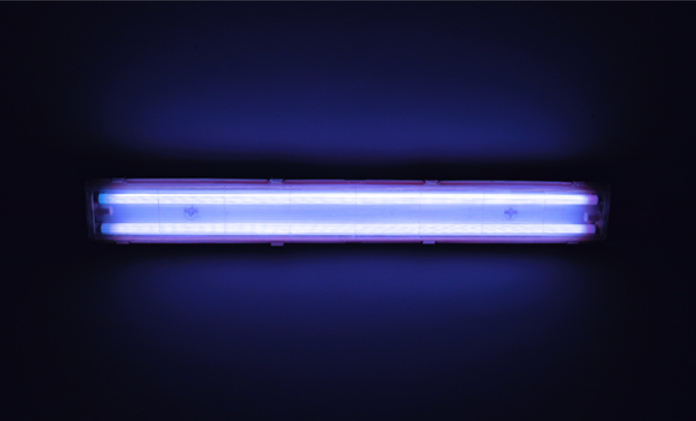Radiation is a kind of energy that is mostly invisible to us. UV radiation is one type of radiation measured on the EM spectrum. However, how deep does UV light penetrate the skin?
According to a few research studies, UV light can reach between 20 and 150 μm inside the human skin. However, more research is still being conducted to get more facts and robust reasoning.
Here, in this article, we’ll let you know some interesting facts about ultraviolet light and the possible benefits and risks associated with this light.
How Deep Does UV Light Penetrate Skin?
Photobiologists use the penetration depth of UV light into the skin to assess UV-induced processes in the various skin layers.
Reflectance spectroscopy and fluorescence have advanced accessible in vivo data on optical characteristics and important chromophores in recent years.
However, the substantial increase in absorption toward any shorter wavelengths makes solely optical approaches unfavorable for UV measurements. Using deep penetrating therapy devices will yield better results though.
UV optoacoustic allows noninvasive, depth-resolved assessment of human skin optical characteristics in the UV may help meet this problem. Optoacoustic has been used successfully in tomography to trace chromophores like melanin and deoxyhemoglobin.
Optoacoustic works by absorbing radiation energy, converting it to pressure, and releasing a brief stress wave heat. According to cumulative UV exposure and subject sensitivity, this approach may cause minor erythema.
Yet, researchers got to know that UV light penetration can be somewhere between 20 and 150 μm. Further research is still being carried out to get more information regarding this.
The Types of Ultraviolet Radiation
Sunlight is the most prevalent source of UV radiation, producing three types:
- UVB
- UVC
UVA photons consist of the longest wavelengths, followed by UVC and UVB rays. While UVA and UVB rays pass through the atmosphere, the ozone layer absorbs all UVC and a slight amount of UVB rays. So, most UV photons are UVA with some UVB.
UV radiation, like all EM light, is classed by wavelength. Wavelength is the distance between peaks in a wave series.
- UVB rays are short-wavelength and reach the skin’s surface
- UVA rays have pretty long wavelengths and can reach the dermal layer
The Risks of UVC Radiation
UVC rays can cause serious skin and eye burns (photokeratitis). Avoid direct skin UVC exposure and avoid looking directly into a UVC light source.
UVC-induced skin and eye burns heal within a week with no significant long-term effects. Since UVC radiation has a shallow penetration depth, the danger of skin cancer, cataracts, or irreversible eyesight loss is negligible.
The form of eye injury caused by UVC causes intense discomfort in the eyes. Eyesight loss can last one to even two days. It can happen after seconds to minutes of exposure to UVC light.
The Possible Risks of UVC Lamps and a Better Alternative for This
Some UVC lights release UVB radiation. Thus, high dosage or sustained low dose UVC radiation from some lamps may lead to consequences like skin cancer or cataracts induced by cumulative UVB radiation exposure.
Also, some UVC lamps produce ozone, which can irritate the nose, throat, and lungs, especially in people with respiratory issues like asthma or allergies. High ozone exposure may aggravate chronic respiratory disorders like asthma or increase susceptibility to respiratory infections.
However, a better alternative to these lamps can be red light therapy lamps. These high-tech lamps help people with back pain, joint pain, muscle mass growth, and many more.
There are also no significant adverse effects of using these red light therapy lamps. Yet we recommend you consult with a healthcare professional before taking any of these therapy sessions.
Health Benefits of UV Exposures
UVB radiation aids the skin in producing vitamin D3, which is crucial for bone and muscular function. The quantity of UVB exposure required for a benefit depends on various parameters, including vitamin D intake, skin color, sunscreen use, clothing, location, time of the day, and season. Also, the FDA has not yet approved any sort of indoor tanning system for Vitamin D production.
However, phototherapy has been shown to help treat severe cases of various ailments, including:
- Rickets
- Eczema
- Psoriasis
- Vitiligo
Phototherapy includes regularly exposing yourself to a controlled dosage of UV radiation. In some situations, a patient’s skin must first be treated with any prescription medicine, ointment, or bath to boost its sensitivity to UV light.
It does not eliminate the risks of UV exposure, but it is closely monitored by a professional to make sure no severe risks are associated.
























